Archives
- 2025-12
- 2025-11
- 2025-10
- 2025-09
- 2025-03
- 2025-02
- 2025-01
- 2024-12
- 2024-11
- 2024-10
- 2024-09
- 2024-08
- 2024-07
- 2024-06
- 2024-05
- 2024-04
- 2024-03
- 2024-02
- 2024-01
- 2023-12
- 2023-11
- 2023-10
- 2023-09
- 2023-08
- 2023-06
- 2023-05
- 2023-04
- 2023-03
- 2023-02
- 2023-01
- 2022-12
- 2022-11
- 2022-10
- 2022-09
- 2022-08
- 2022-07
- 2022-06
- 2022-05
- 2022-04
- 2022-03
- 2022-02
- 2022-01
- 2021-12
- 2021-11
- 2021-10
- 2021-09
- 2021-08
- 2021-07
- 2021-06
- 2021-05
- 2021-04
- 2021-03
- 2021-02
- 2021-01
- 2020-12
- 2020-11
- 2020-10
- 2020-09
- 2020-08
- 2020-07
- 2020-06
- 2020-05
- 2020-04
- 2020-03
- 2020-02
- 2020-01
- 2019-12
- 2019-11
- 2019-10
- 2019-09
- 2019-08
- 2019-07
- 2019-06
- 2019-05
- 2019-04
- 2018-07
-
The neural circuitry involved in
2022-10-25
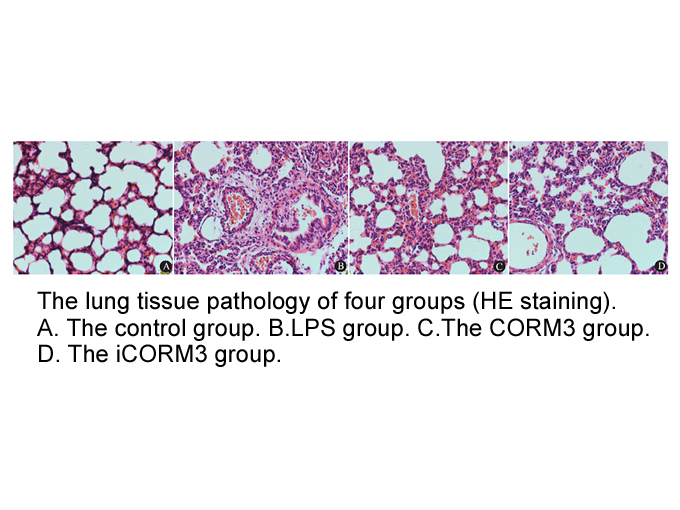
The neural circuitry involved in the production of the EOD, its modulations, and in the sensory processing of communication signals has been well characterized (Bell and Maler, 2005; Chacron et al., 2011; Krahe and Maler, 2014; reviewed in Metzner, 1999). Pacemaker cells located in the pacemaker nuc
-
artemether Arginase deficiency is a rare urea
2022-10-25
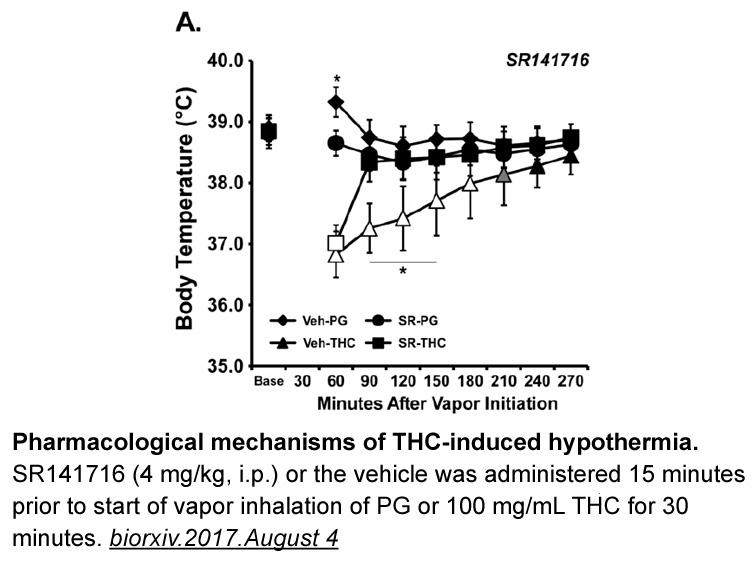
Arginase deficiency is a rare urea cycle disorder with hyperargininemia and profound neurological impairment as hallmark features. Arginase-1-deficient mouse models have been created, and they exhibit a profound lethal phenotype approximately 2 weeks after birth in the global knockout (KO) mice or a
-
Alogliptin We demonstrated clearly that the overexpression
2022-10-25
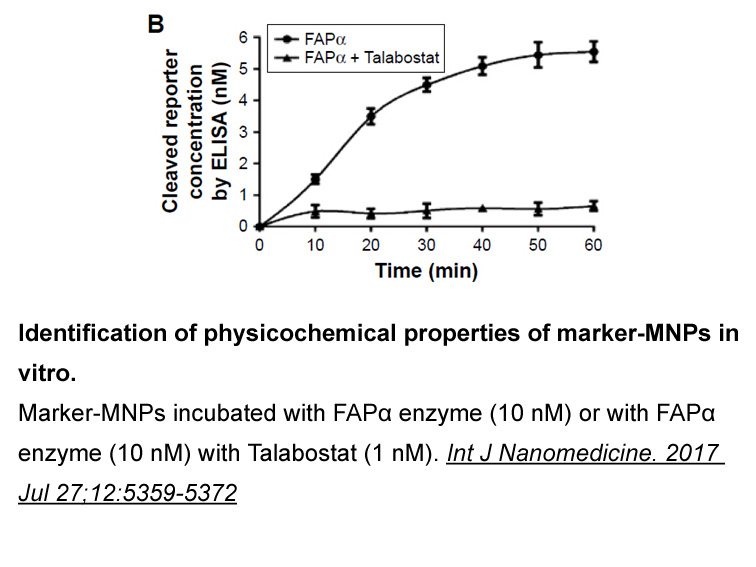
We demonstrated clearly that the overexpression of sFlt-1 significantly increased arginase Alogliptin and enhanced arginase activity in HUVECs (Fig. 3). NO formation is related inversely to serum levels of sFlt-1 in preeclampsia [11]. The disorder of NO formation, which was involved in hypertension
-
br Introduction Humans have consumed
2022-10-25
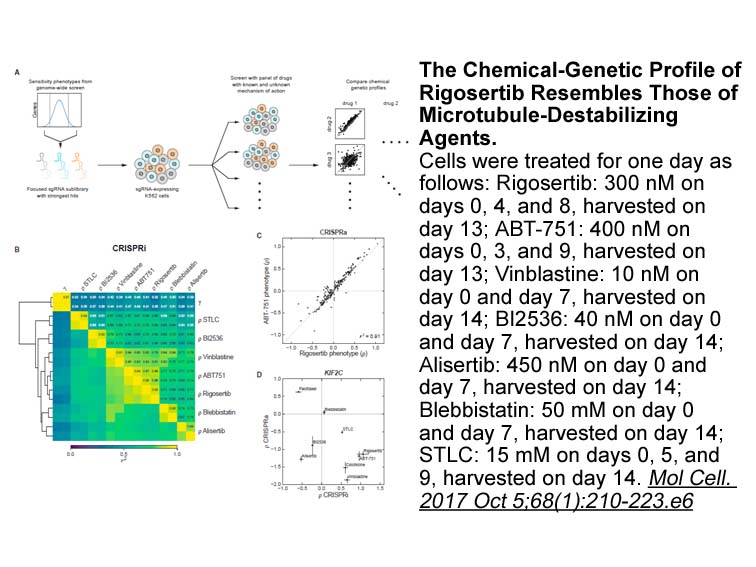
Introduction Humans have consumed mushrooms for centuries because of their high nutrient content and low lipid content, as well as their excellent flavor and texture [1]. Edible mushrooms possess notable medicinal properties and bioactivities, including antitumor, antiviral, antidiabetic, and ant
-
Protein microarrays represent just one of a
2022-10-25
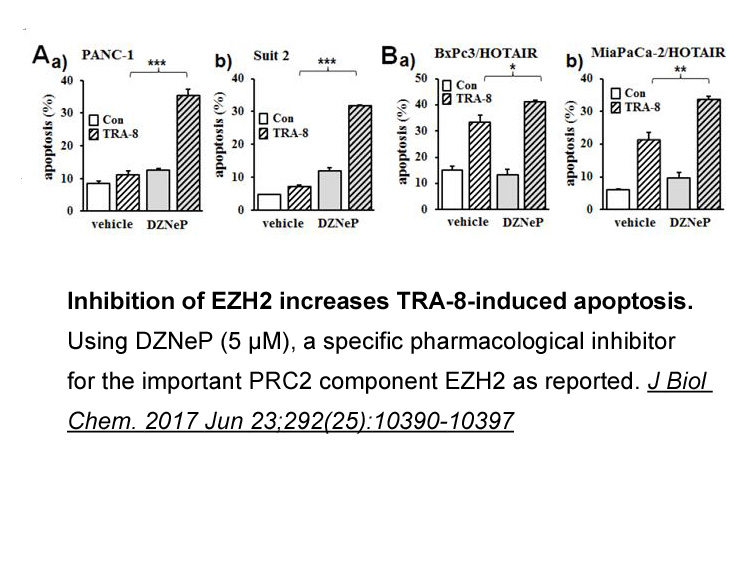
Protein microarrays represent just one of a variety of experimental approaches that can be used to generate datasets of relevance to pathway mapping. Other approaches include protein 13148 profiling techniques, such as antibody arrays [29], tissue arrays [30] and 2-dimensional gel electrophoresis f
-
Using this cheese mimicking matrix we screened the antifunga
2022-10-25
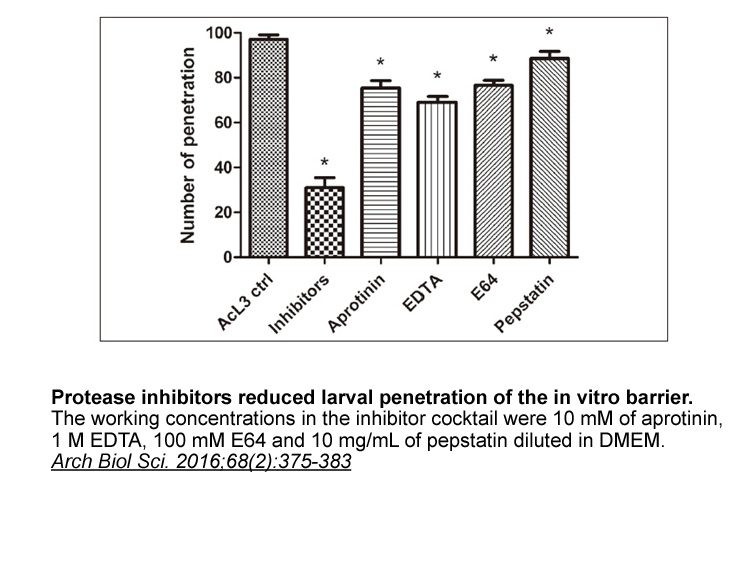
Using this cheese-mimicking matrix, we screened the antifungal activity of 44 LAB fermented milk-based products and 23 LAB isolates used as protective cultures against 4 fungal targets. The LAB were obtained from the culture collections of CIRM-BIA (Centre International de Ressources Microbienne-Bac
-
It is noteworthy to mention the
2022-10-24
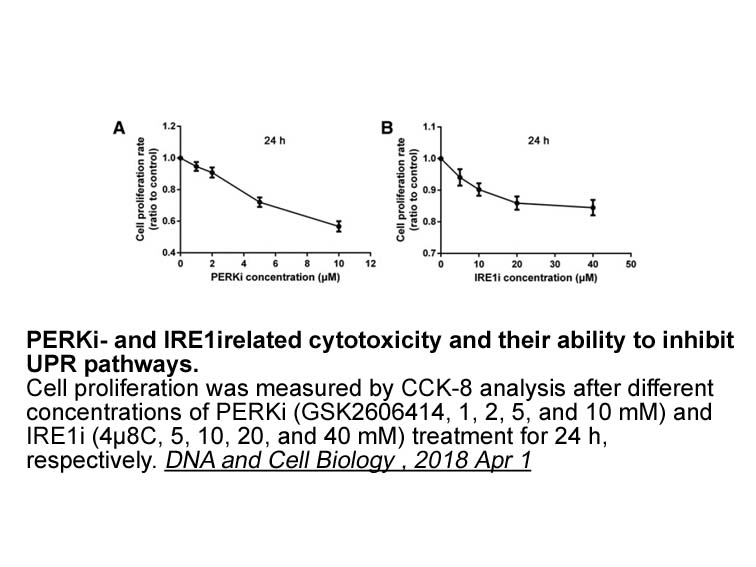
It is noteworthy to mention the limitations of this study like tPA plus LB1 treatment beyond 4 h after stroke was not investigated. Especially 6 or 8 h after stroke could be studied in future projects for translational purposes. Second drawback might be that we performed the experiments in different
-
br Funding This work was supported by Arena Pharmaceuticals
2022-10-24
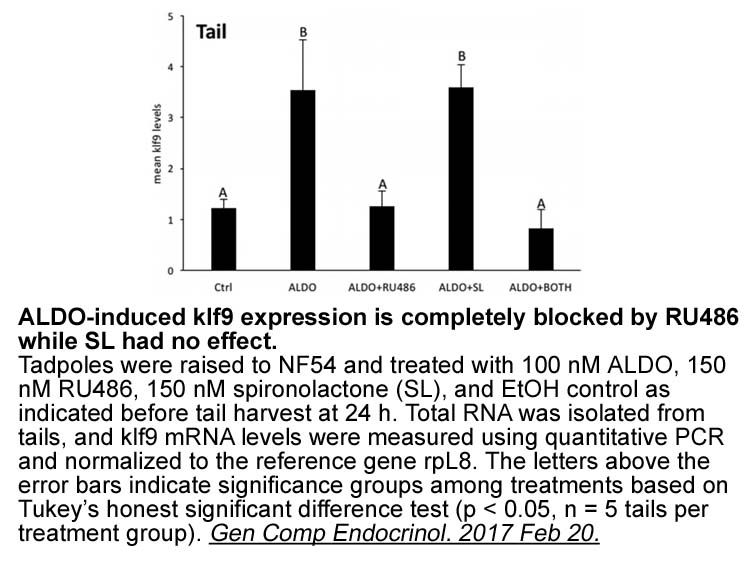
Funding This work was supported by Arena Pharmaceuticals, Inc, San Diego, CA, USA. Introduction 5-hydroxytryptamine 1B (5-HT1B) receptors are widely distributed in the central nervous system (CNS); they have various modulatory functions in drug reinforcement, appetitive behaviors, stress, moo
-
br Acknowledgements This work was supported by grants from t
2022-10-24
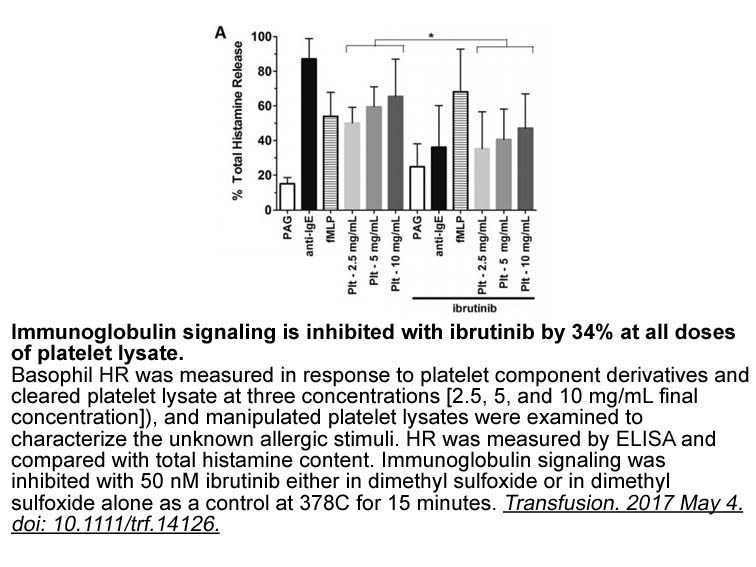
Acknowledgements This work was supported by grants from the Program for Changjiang Scholars and Innovative Research Team in University (IRT_14R28), the National Basic Research Program of China (973) (Grant No.: 2013CB733602), the Major Research Plan of the National Natural Science Foundation of C
-
Rivaroxaban There has been growing interest over computation
2022-10-24
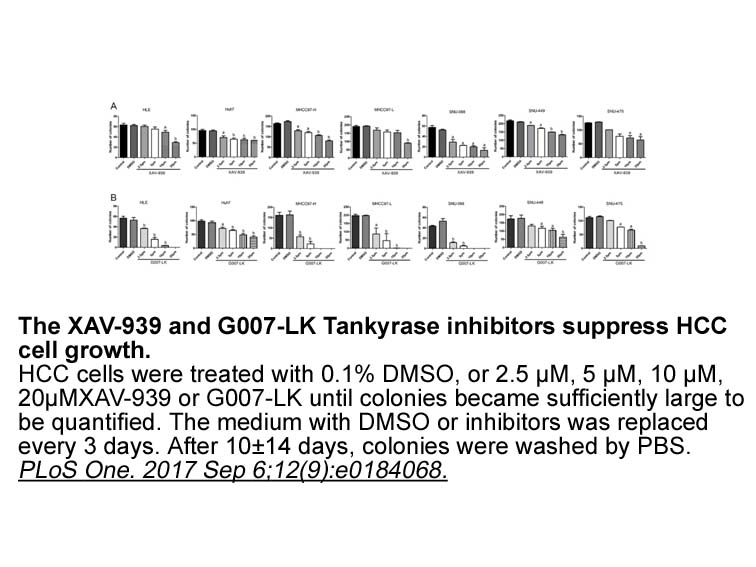
There has been growing interest over computational methods to predict the biological activity by chemical structure, so as to decide whether it Rivaroxaban has objective qualities or not. In this contribution, the well-known method, which is called quantitative structure–activity relationship (QSAR)
-
Considering the physicochemical stability results on Fig it
2022-10-22
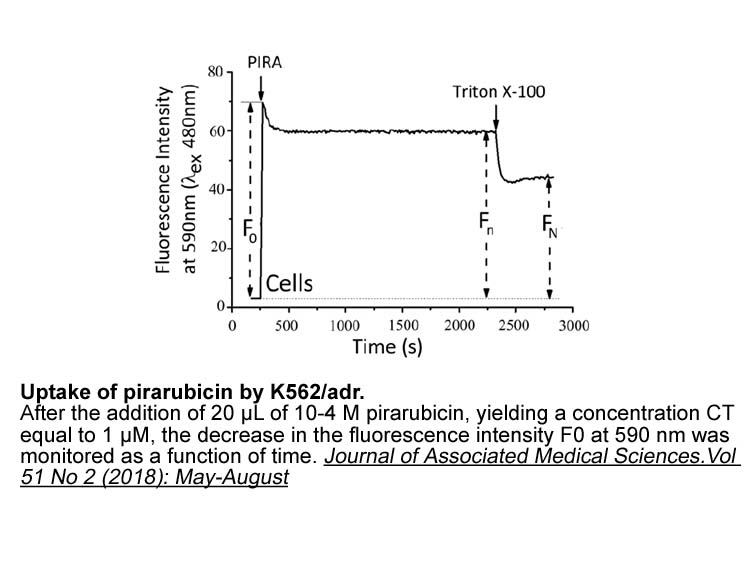
Considering the physicochemical stability results on Fig. 5, it was observed that the particles are stable when they are stored at 4 °C for 30 days. After day 30, a significant increase was observed in particle size, but at the end of the 90 days the SLN particle size is still below 100 nm. Stabilit
-
TC-I 2000 Androgen receptor translocates from the
2022-10-21
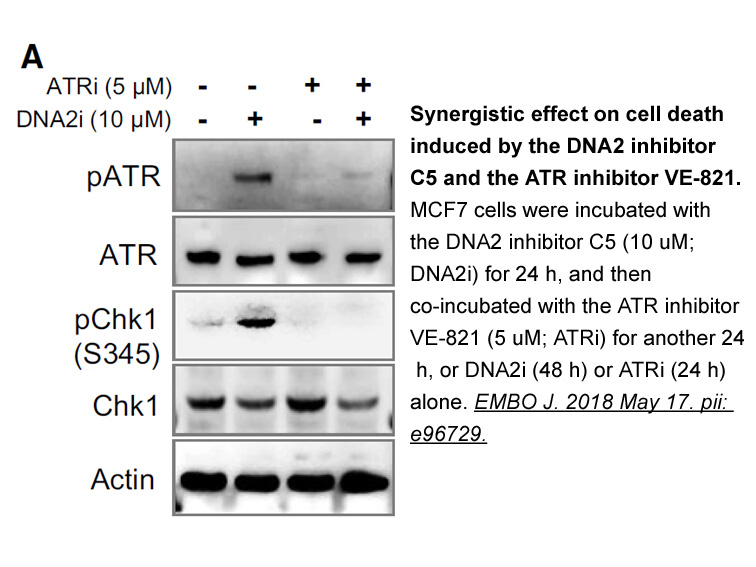
Androgen receptor translocates from the cytoplasm to the nucleus after binding to its ligands (Quigley et al., 1995). In the current study, although propofol did not significantly affect total androgen receptor protein levels, it significantly decreased nuclear androgen receptor levels. These findin
-
Since all the above vascular and glomerular effects contribu
2022-10-20
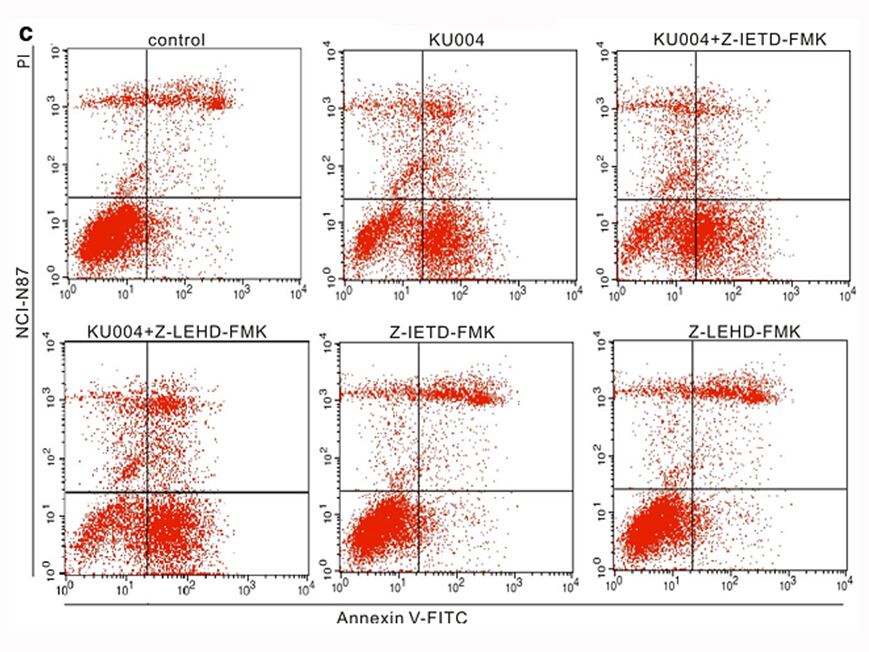
Since all the above vascular and glomerular effects contribute to blood pressure regulation, it is expected for 12/15-LOX pathway to play a role in pathogenesis of hypertension (Fig. 6). Indeed, there is evidence for alterations of the 12- and 15LOX enzymes and metabolites both in humans with essen
-
br Acknowledgements This work was supported
2022-10-20
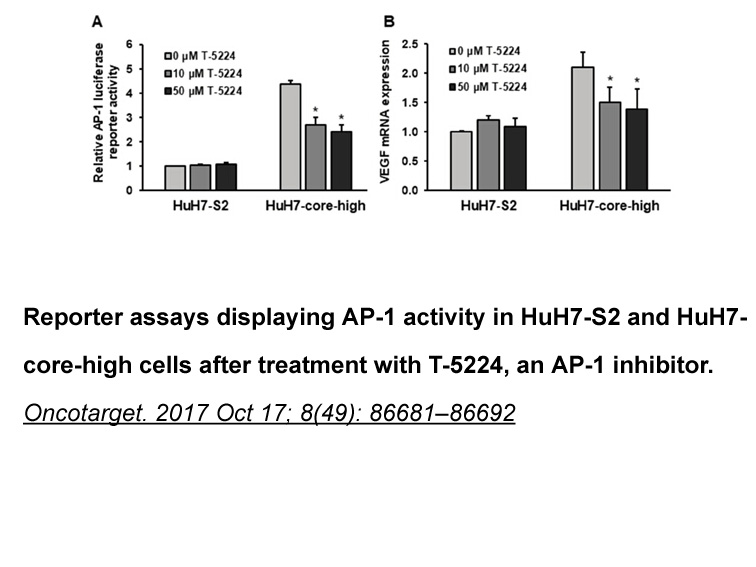
Acknowledgements This work was supported by a grant from the National Science Foundation (IOS- 1353366), the Hatch Program of the National Institute of Food and Agriculture (VA-135908) and the Virginia Agricultural Experiment Station, to G.P. Introduction With steadily rising number of affect
-
br Introduction Psychostimulant abuse and addiction remain a
2022-10-20
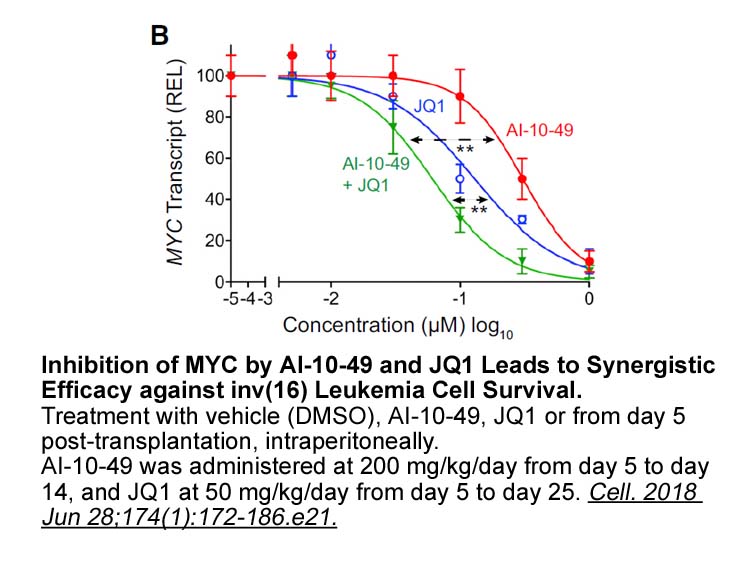
Introduction Psychostimulant abuse and addiction remain a societal problem in the United States. The latest statistics from the National Survey on Drug Use and Health indicate that slightly less than one million people over the age of 12 report having a cocaine use disorder (NSDUH, 2016). Additio
15494 records 363/1033 page Previous Next First page 上5页 361362363364365 下5页 Last page